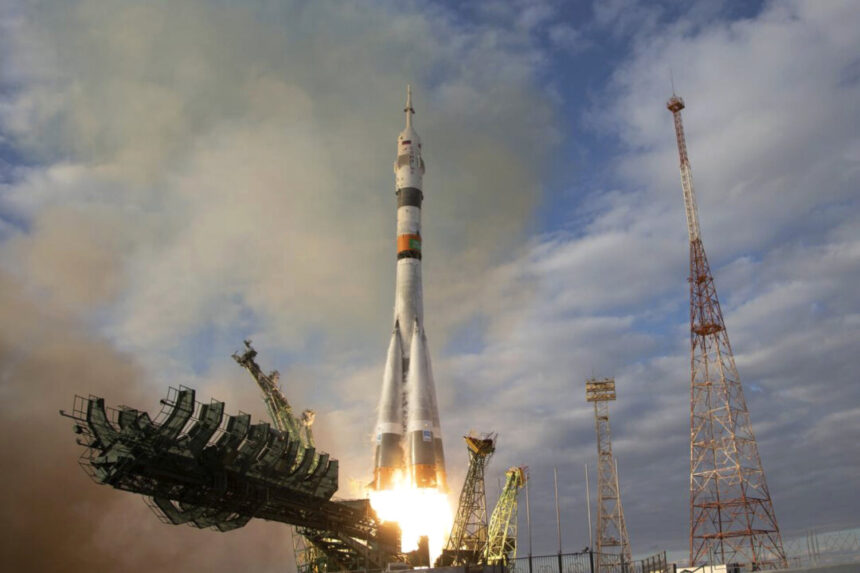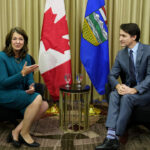On March 25, Russia successfully landed three astronauts on the International Space Station after two failed attempts. NASA astronaut Tracy Dyson, Russian Oleg Novitsky, and Belarusian Marina Vasilevskaya were launched from the Russian-leased Baikonur launch facility in Kazakhstan two days earlier. The spacecraft with the three astronauts orbited 34 times before docking at the International Space Station on March 25.
The initial launch scheduled for March 21 was halted by an automatic safety system due to a voltage drop in a power source. The space capsule separated from the rocket and began a two-day, 34-orbit journey to the space station. If the launch had proceeded as planned on March 21, the trip would have been much shorter, requiring only two orbits.
The three astronauts joined the current station crew, which includes NASA astronauts Loral O’Hara, Matthew Dominick, Mike Barratt, and Jeanette Epps, as well as Russians Oleg Kononenko, Nikolai Chub, and Alexander Grebenkin. Novitsky, Vasilevskaya, and O’Hara are scheduled to return to Earth on April 6.
The International Space Station has been a symbol of post-Cold War international cooperation, with NASA and its partners aiming to continue operating the orbiting outpost until 2030. Russia continues to use modified versions of Soviet-designed rockets for commercial satellites, crew, and cargo transport to the space station.
In March, a Russian rocket successfully launched an Iranian satellite into orbit, demonstrating the close cooperation between Moscow and Tehran. The Soyuz rocket carrying the Iranian satellite and 18 Russian satellites took off from the Vostochny launch facility in Russia’s far east.
The Aditya-L1 spacecraft, launched by India, aims to study solar winds and their impact on Earth. Prime Minister Narendra Modi is driving India’s space missions to compete on a global scale dominated by the United States and China. The spacecraft is designed to travel 1.5 million km over four months to gather unique data about the sun’s influence on Earth.
India is also focusing on privatizing space launches and opening the sector to foreign investment to increase its share of the global launch market. The mission could provide valuable insights into solar radiation, climate patterns, and the origins of solar wind, benefiting both scientific research and practical applications.
The Associated Press and Reuters contributed to this report.





